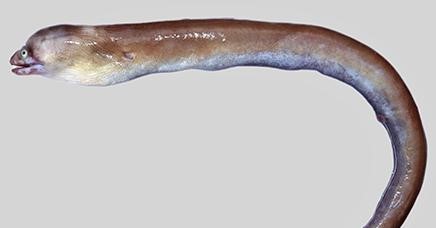Free Courses Sale ends Soon, Get It Now


Free Courses Sale ends Soon, Get It Now



Disclaimer: Copyright infringement not intended.
Context: A new species of Moray eel known as Gymnothorax tamilnaduensis has been discovered at the Mudasalodai fish landing centre off the Cuddalore coast.
Details:
About:
Distribution:
About Eel:
Value for humans:
|
PRACTICE QUESTION Q) Eels provide various values for the ecosystem and for humans. Elaborate. (150 Words) |
https://epaper.thehindu.com/ccidist-ws/th/th_delhi/issues/30152/OPS/GBJB1N4EH.1+G3KB1NN6M.1.html
© 2024 iasgyan. All right reserved